The best works of the FotoEvidence social documentary photography competition
Categories: Exhibition
By Pictolic https://pictolic.com/article/the-best-works-of-the-fotoevidence-social-documentary-photography-competition.htmlLaureates of the social documentary photography competition FotoEvidence.
On September 4, the Moscow Center for Documentary Photography FOTODOC (Sakharov Center) opened an exhibition of the winners of the international competition FotoEvidence.
The FotoEvidence Award was founded in 2011 by Bulgarian photographer Svetlana Bachevanova. The purpose of the competition is to talk about human rights violations and the humiliation of human dignity. According to the organizers, "documentary photography can not only change people's attitude to certain events, but in some cases change the course of history."
Each year, a jury selects the most significant social photographs, images that often have to be obtained under the most difficult conditions. 120 best FotoEvidence works of 2011-2012 are presented at the exhibition in Moscow. The topics covered by the laureate photographers are very diverse: from hitmen and illegal immigration in Latin America to the consequences of a man-made disaster in India or the “Tulip Revolution” in Kyrgyzstan.
(Total 15 photos)
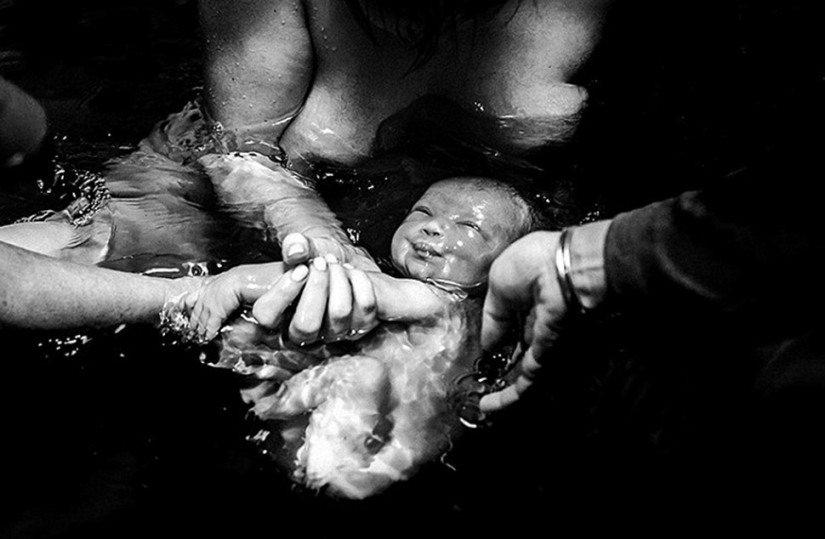

1. “Afghanistan. Between peace and war. Mahboba (age 7) stands in front of a bullet-riddled wall while waiting for an appointment at a medical clinic for treatment for leishmaniasis, a skin disease transmitted by parasites through the bites of tiny sand fleas. Photo: Paula Bronstein / Getty Images
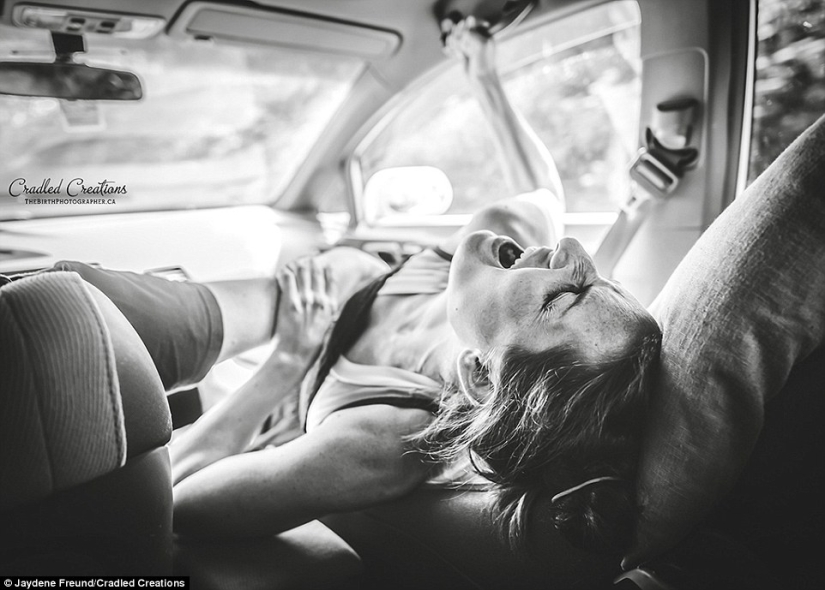
2. “Afghanistan. Between peace and war. Afghan schoolchildren read prayers in a destroyed house that serves them as a school, in a mountain village in the Wakhan corridor. Photo: Paula Bronstein / Getty Images
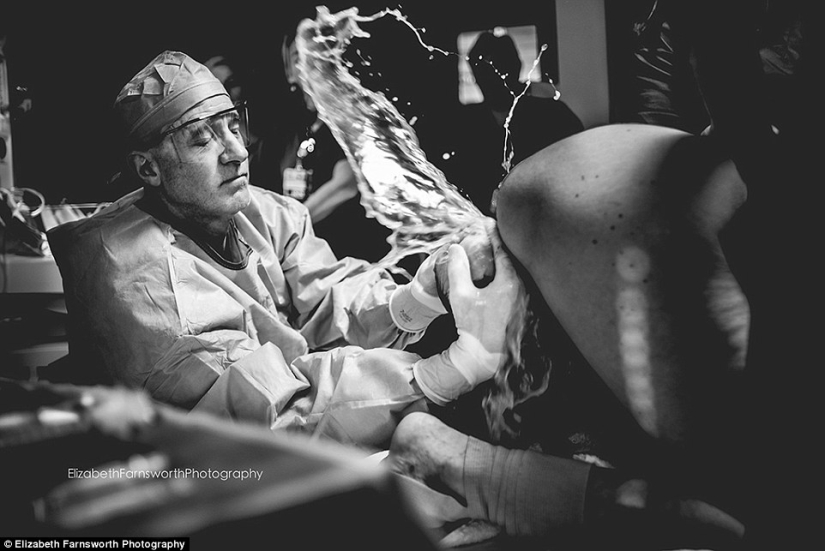
3. “Afghanistan. Between peace and war. Severe mountains, vast skies, rude faces, turbans and veils - everything is so unfamiliar that photography is almost the only way to reliably tell about this country. Photo: Paula Bronstein / Getty Images
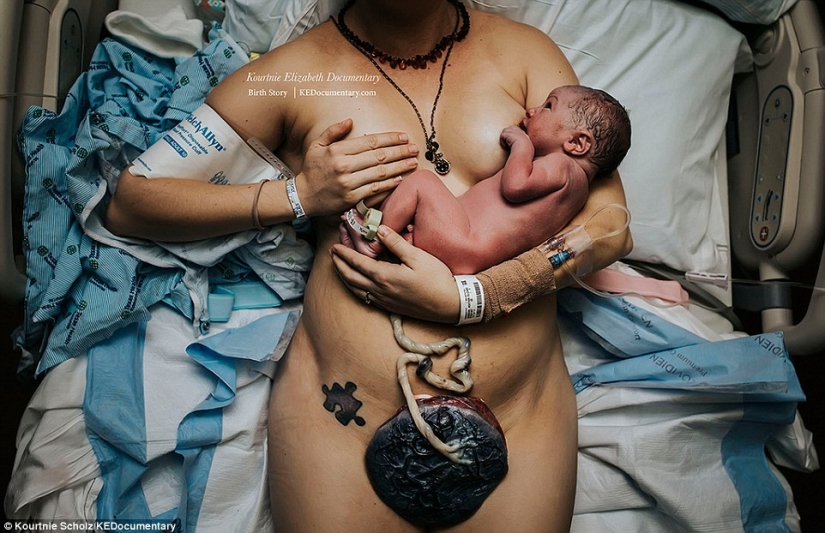
4. "Withered tulips." Kyrgyzstan, Bishkek. Holiday Uraza-Bayram. Thousands of Muslims pray in front of the parliament building and the monument to Lenin. Photo: William Daniels/Panos Picture
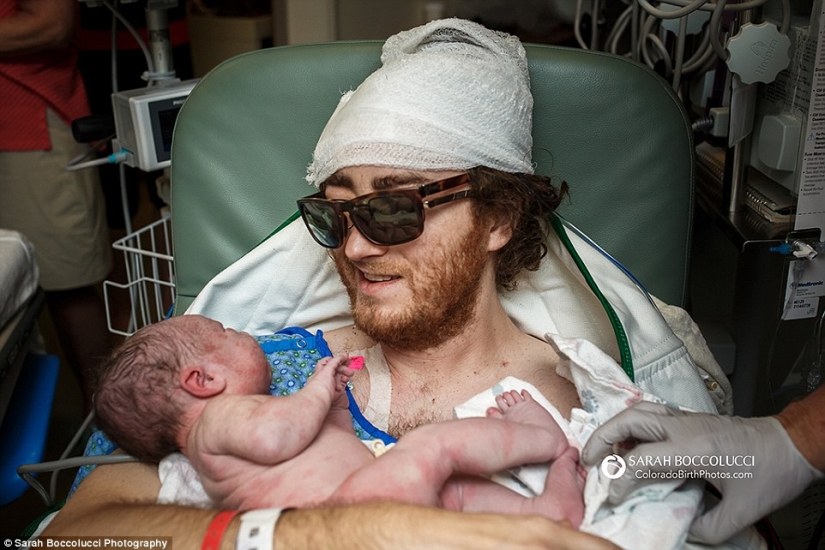
5. "Sicarios, hitmen in Latin America." Guatemala City. Karina Marlene (31) was shot dead with six shots from a passing taxi in the 10th zone of the capital of Guatemala. Photo: Javier Arsenillas
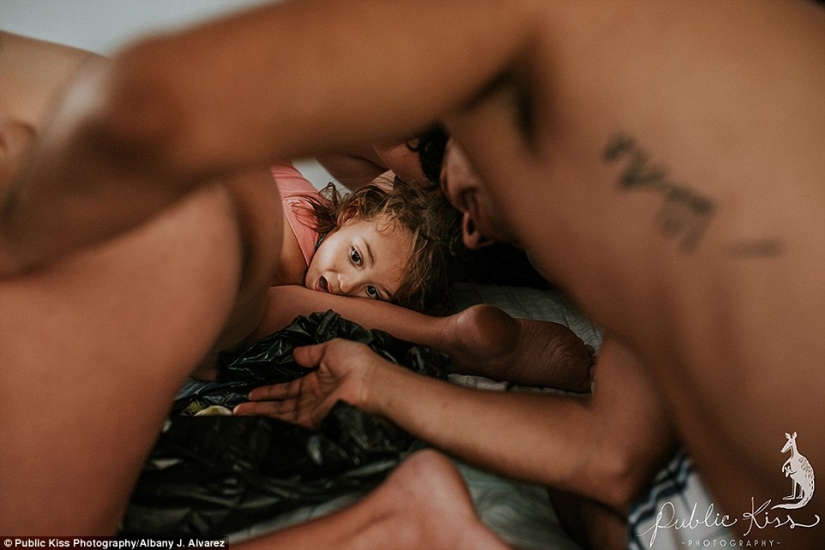
6. "Sicarios, hitmen in Latin America." Guatemala City. The corpse of the murdered sicario is sent to the mortuary of St. John's Hospital in the capital of Guatemala. One of the most popular and respected professions in Latin America is the killer, or sicarios. The cost per kill ranges from $20 to tens of thousands. Photo: Javier Arsenillas
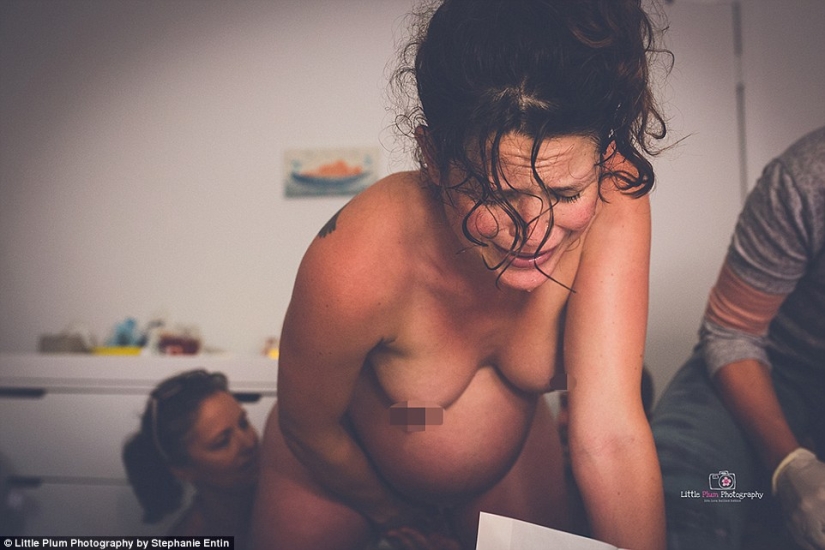
7. "The second disaster of Bhopal." India, Madhya Pradesh. Salman (13), suffering from a severe neurological disorder and blindness, at his home in the poor neighborhood of Oriya Basti in Bhopal. Nearly 30 years have passed since the horrific Union Carbide (now DOW Chemical) disaster in Bhopal, but many families are still living in the nightmare that began on December 3, 1984. Photo: Alex Masi
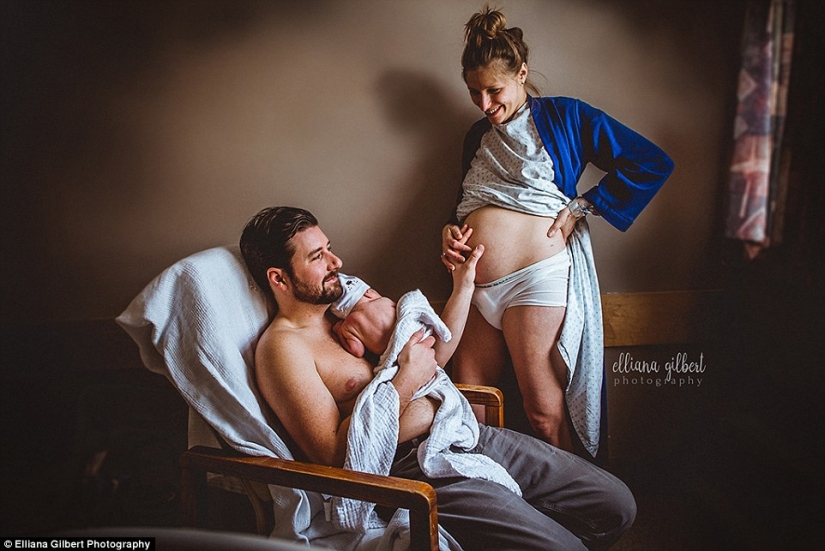
8. "The Second Disaster of Bhopal". Poonam Jatev (8) enjoys tropical rain in the poor Oriya Basti area of Bhopal, close to Union Carbide's chemical plant. The annual monsoons bring tropical downpours that erode Union Carbide's chemical waste dumps and contaminate groundwater. Photo: Alex Masi
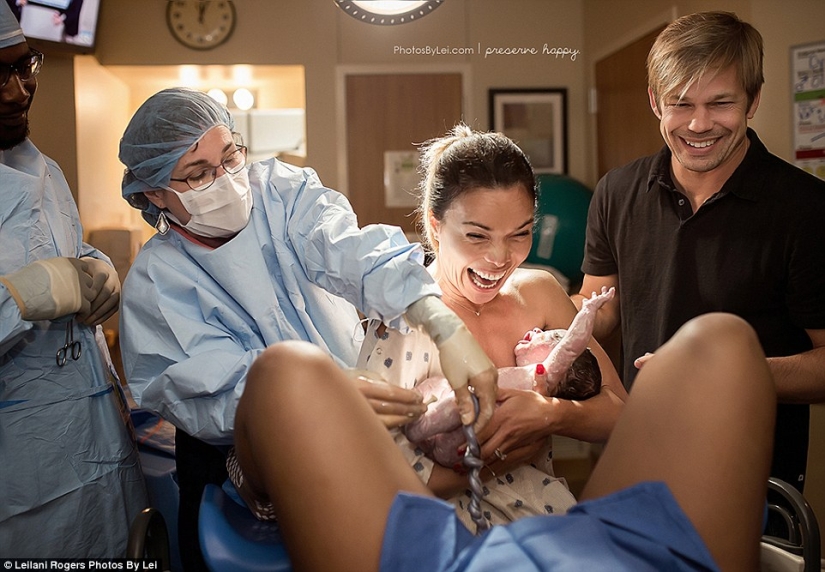
9. Destino. Migrant Assistance Center "Hermanos en el camino" (Spanish for "The Wandering Brothers"), Ciudad Istepec, Oaxaca, 2009. Photo: Michelle Frankfurter

10. "Crying Mary." (from meris - woman in talk-pisin). Papua New Guinea. Andres Sime (39) awaiting trial in his cell. He is accused of committing a number of rapes. Police Station, Boroko District (Port Moresby). Photo: Vlad Sokhin

11. "Crying Mary." Police officer Job Eremugo displays a photograph of a woman who has been the victim of domestic violence on a computer screen. According to him, every day at least three women report facts of violence by husbands or unidentified persons to the police station in the Boroko area. Photo: Vlad Sokhin
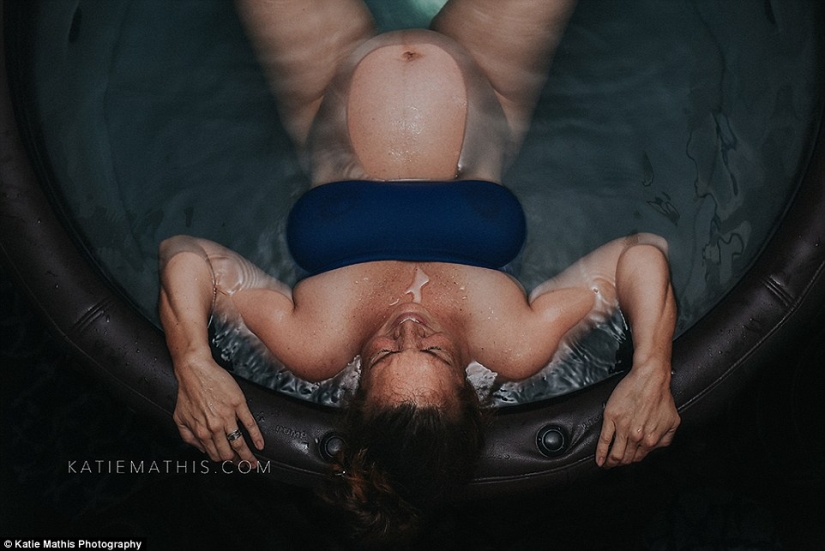
12. "Children behind bars." Prison in the city of Ambanya (Madagascar). This cell measures 10 square meters and holds 20 juvenile delinquents. The weakest sleep in narrow stuffy cells right on the ground between the wooden decks, on which their stronger cellmates rest. "The bugs eat us all night long, and the rats gnaw on our fingers because we don't have soap and our hands smell like food." Photo: Lizzie Sadin
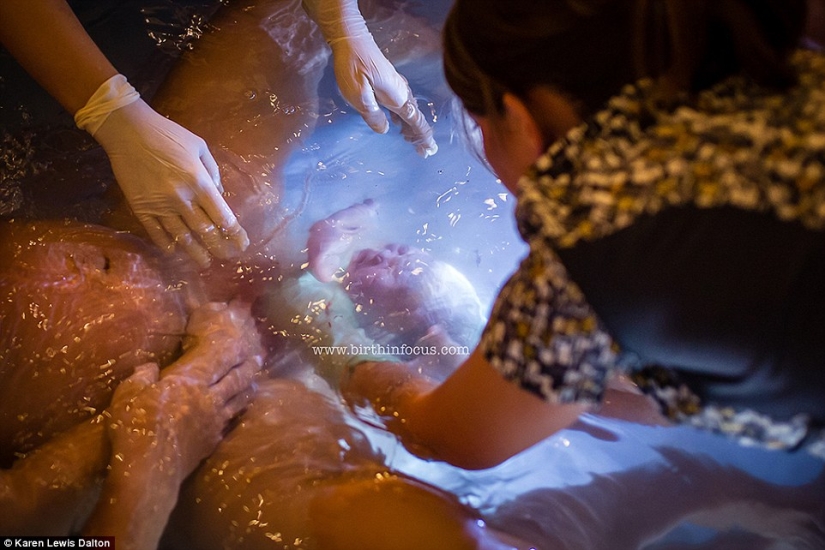
13. "Children behind bars." SIZO No. 4 for juveniles (“Lebedevka”), St. Petersburg, Russia. Juveniles are kept in cells along with adult criminals, who keep teenagers in the most severe obedience. There are no conditions for cooking quality food in the isolation ward, and there is no medical care. Patients with tuberculosis and AIDS are "treated" with aspirin. Juvenile detainees are subjected to violence and extortion, are unable to receive visits from relatives from other regions, and often spend time in prison that exceeds the sentence. Photo: Lizzie Sadin

14. "Coal children of Wulingan". Precious and Valerie are resting after working in the coal pits. Thousands of residents of the urban slums of Ulingan, a suburb of the Philippine capital Manila, make a living by burning wood, which is found in landfills and construction sites. This method of producing coal in open pits produces carbon monoxide, sulfur oxide and many other toxic substances. Therefore, the population of Wulingan suffers from a whole range of respiratory and cardiac diseases. Photo: Lisa Wilts
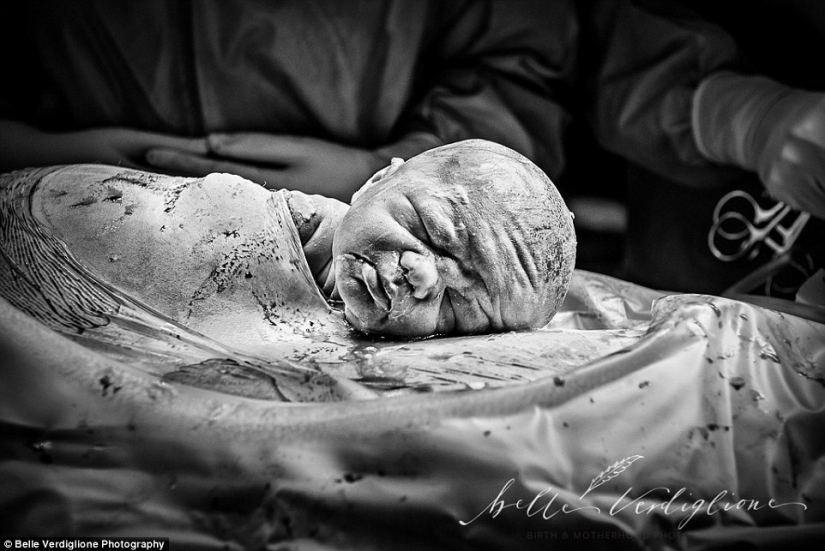
15. "Coal children of Wulingan". Boys from the poor neighborhoods of Ulingan bathe in the Pasig River, which flows into Manila Bay. Children - without protective masks, gloves and shoes, and some just naked - drag damp wood fragments into the fire and rummage through the garbage in search of nails for a meager pay. They play here - in thick toxic smoke. Photo: Lisa Wilts
Keywords: Competition | Laureate | Photojournalism | Photo essay
Post News ArticleRecent articles

Many of these foods have become so firmly embedded in our lives that sometimes it seems to us that they grow in packaging right on ...

In 1910 in Venice tried a Russian noblewoman Maria Tarnovskaya, whom journalists called the "Bloody Countess". On account of this ...
Related articles

Unusual Bolivia amazed by its traditions. There are women's fights, "cholita wrestling" — one of the most interesting and ...

Recognition comes in different ways. Anthony Kalani Roberts did not know that one day 1973, will make him famous and provide a ...

More is better. This is what the Bodi people, or Me'en, think. The tribe, which lives in the remote Omo Valley region of Ethiopia, ...

A quiet, almost invisible elderly woman, Marilyn Hartman became a nightmare for airport security around the world. Her name became ...